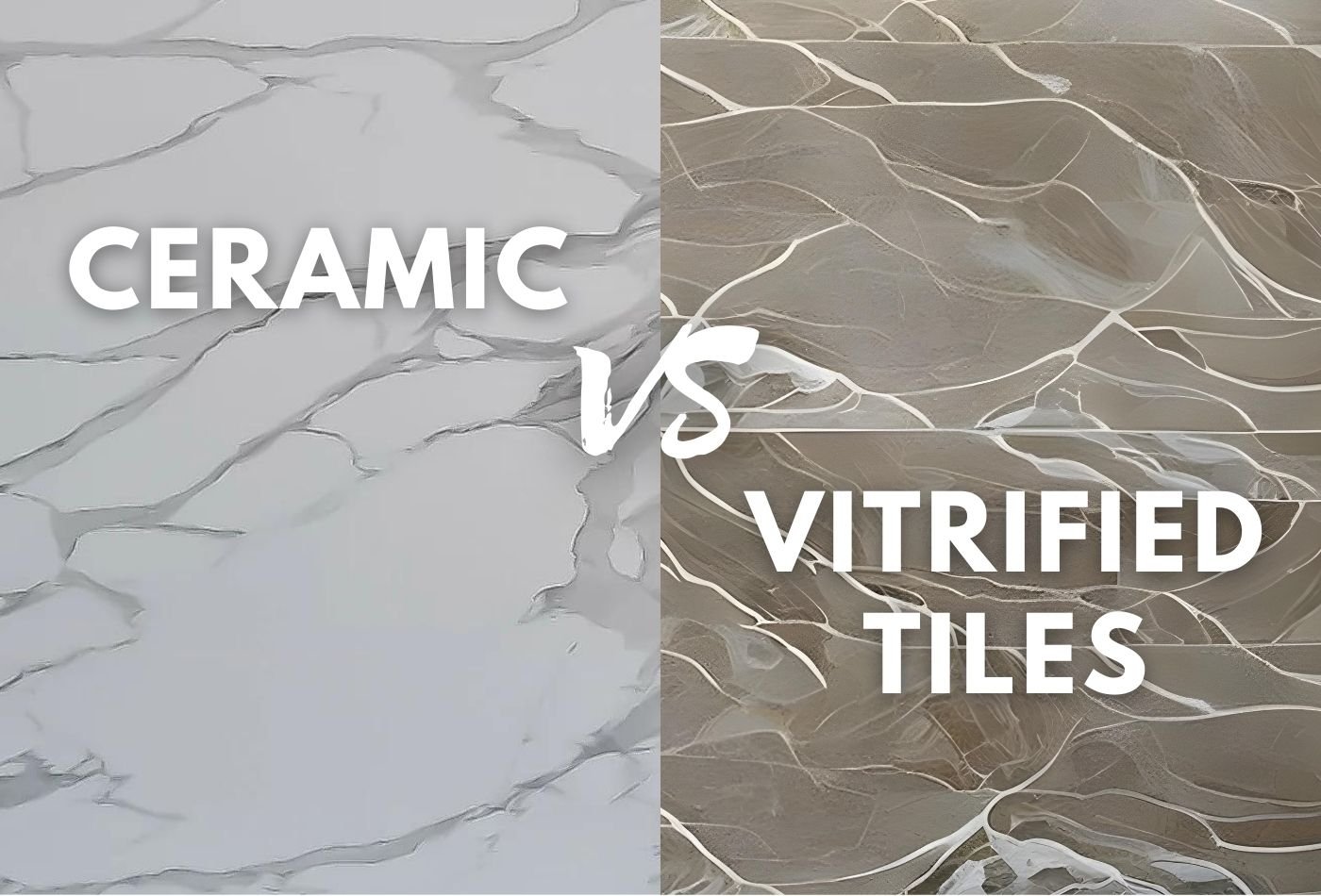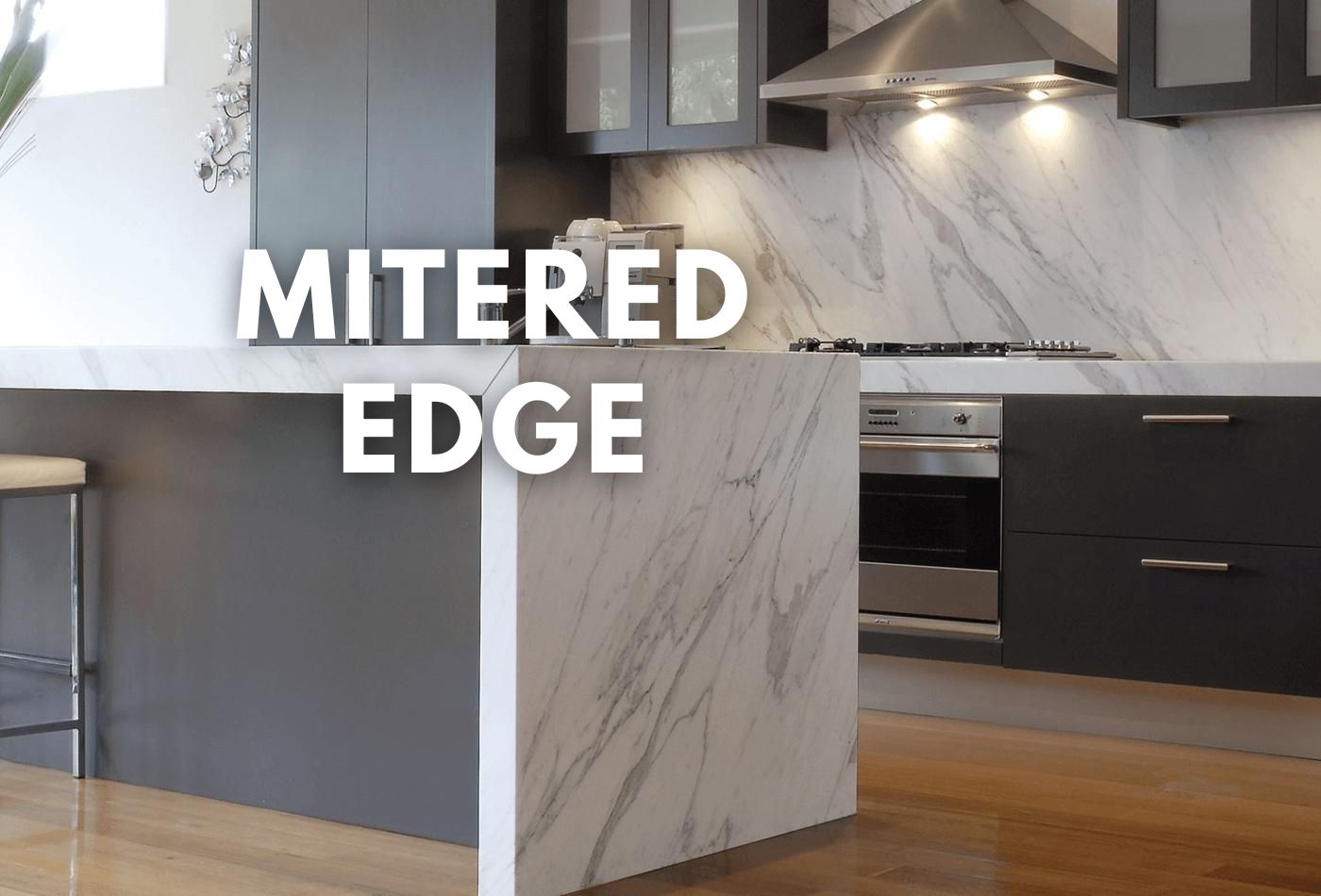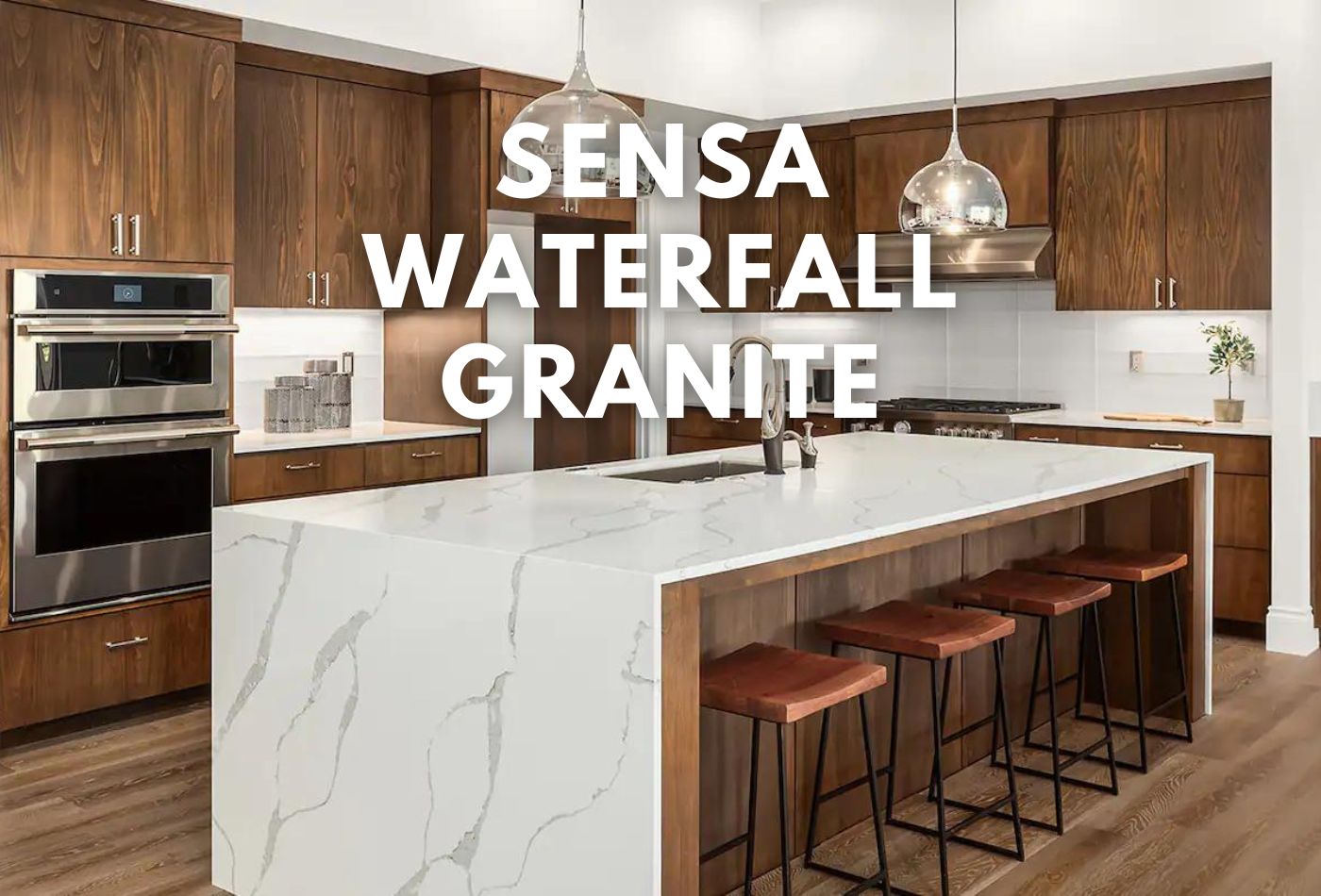Table of Contents
- Ceramic vs Vitrified Tiles vs Porcelain
- Ceramic vs Vitrified Tiles: Key Differences Explained
- Ceramic vs Vitrified Tiles for Walls: Which is Better?
- Ceramic vs Vitrified Tiles for Bathroom: Which Should You Choose?
- Ceramic and Vitrified Tiles Comparison: Which One's Right for You?
- Ceramic Floor Tiles vs Vitrified Floor Tiles
- Summary
When choosing tiles for your home or office, understanding the differences between ceramic vs vitrified tiles is crucial. Both are popular for their durability, versatility, and aesthetic appeal, but they have distinct characteristics that make them suitable for different applications. Ceramic tiles are made from natural clay and are known for their affordability and ease of installation. They are ideal for areas with moderate foot traffic. Vitrified tiles, on the other hand, are made using a process that involves silica and clay, resulting in a more complex, more durable, and water-resistant surface, making them perfect for high-traffic and outdoor areas.
For more stone collection, visit our website, work-tops and contact info@work-tops.com & 0330 113 5868.
Ceramic vs Vitrified Tiles vs Porcelain

When selecting tiles, it's essential to understand the differences between Ceramic, vitrified, and porcelain tiles to make the best choice.
Ceramic tiles are made from natural clay, are affordable, and easy to install. They work well in areas with moderate foot traffic but are less durable and more porous than other types.
Vitrified tiles are ceramic tiles that have been vitrified by mixing clay with silica, making them denser, more durable, and highly water-resistant. They're ideal for high-traffic areas and outdoor spaces due to their superior strength and low porosity.
Porcelain tiles are a subtype of vitrified tiles made from more refined clay and fired at higher temperatures. This makes them denser, more durable, and less porous than regular vitrified tiles. Porcelain applied for bathrooms and kitchens, is perfect for moisture-prone areas and can withstand heavy use.
Ceramic vs Vitrified Tiles: Key Differences Explained
When choosing between Ceramic vs vitrified tiles, understanding their differences can help you make an informed decision.
Material Composition
-
Ceramic Tiles: Made from natural clay, these tiles are kiln-fired at lower temperatures, resulting in a more porous surface.
-
Vitrified Tiles: A blend of clay and silica, vitrified tiles are fired at higher temperatures, making them denser and non-porous.
Durability
-
Ceramic Tiles: Less durable and more prone to chipping, making them better suited for low-traffic areas.
-
Vitrified Tiles: Highly durable and resistant to wear and tear, ideal for high-traffic and outdoor spaces.
Water Resistance
-
Ceramic Tiles: More porous, leading to higher water absorption, which makes them less suitable for wet areas.
-
Vitrified Tiles: Extremely low porosity, excellent water resistance, perfect for bathrooms and kitchens.
TERAMODA STERLING GLOSS HERRINGBONE GLAZED CERAMIC TILES
£33.00 Teramoda Sterling Gloss Herringbone Glazed Ceramic Tiles are a type of ceramic tile that features a herringbone pattern in a glossy finish. The tiles are made from high-quality ceramic material that is glazed to provide a smooth and durable surface.… read more |
TERAMODA INK GLOSS HERRINGBONE GLAZED CERAMIC TILES
£33.00 Teramoda Ink Gloss Herringbone Glazed Ceramic Tiles are a type of ceramic tile that features a glossy ink finish and a herringbone pattern. The herringbone pattern is a popular choice for tiles as it adds a stylish and modern touch… read more |
SOHO CLOUD BLUE GLOSS PRESSED GLAZED CERAMIC TILES
£22.50 Soho Cloud Blue Gloss Pressed Glazed Ceramic Tiles is a cute and pretty sky blue stone fitting pastel home decor; the slabs are tiny, and the pattern arrangements are peculiar and exotic. These tiny rectangular slabs are 7MM thickened and… read more |
Ceramic vs Vitrified Tiles for Walls: Which is Better?

Ceramic Tiles
-
Cost-Effective: Ceramic tiles are generally more affordable, making them a budget-friendly option for wall installations.
-
Variety: They come in various designs, colours, and finishes, offering more flexibility.
-
Ease of Installation: Lighter and more accessible to cut, ceramic tiles are more straightforward to install, especially for DIY projects.
-
Moderate Durability: Suitable for areas with less wear and tear, like living rooms and bedrooms.
Vitrified Tiles
-
Higher Durability: Vitrified tiles are more robust and less prone to chipping, making them ideal for high-traffic areas.
-
Low Porosity: These tiles are more water-resistant, perfect for wet areas like bathrooms and kitchens.
-
Sleek Finish: Often have a glossy, polished finish, giving walls a more modern and luxurious look.
-
Costlier: More expensive due to their durability and finish.
Ceramic vs Vitrified Tiles for Bathroom: Which Should You Choose?
When selecting tiles for your bathroom, choosing between ceramic and vitrified tiles is crucial due to the space's moisture and traffic conditions.
Ceramic Tiles for Bathroom
-
Ceramic vs vitrified tiles are cost-effective and available in various designs and colours, allowing for versatile styling options.
-
They are more porous, leading to higher water absorption and are less ideal for wet areas like bathrooms.
-
Ceramic tiles are easier to install but may require more frequent maintenance due to their higher porosity.
Vitrified Tiles for the bathroom
-
Vitrified tiles have extremely low porosity, making them highly water-resistant and ideal for bathrooms where moisture is a concern.
-
These tiles are more durable and resistant to staining and wear, ensuring a long-lasting, low-maintenance bathroom floor and walls.
-
While more expensive, vitrified tiles' durability and water resistance make them a worthwhile investment for bathroom spaces.
Ceramic and Vitrified Tiles Comparison: Which One's Right for You?
Choosing between Ceramic vs vitrified tiles comes down to your specific needs and preferences. Ceramic tiles offer affordability and a wide range of design options, making them perfect for budget-friendly projects and areas with lower foot traffic. However, they are more porous and less durable. On the other hand, vitrified tiles boast superior durability, low water absorption, and a sleek finish, making them ideal for high-traffic and moisture-prone areas like kitchens and bathrooms. While they come at a higher cost, vitrified tiles offer long-lasting performance and a premium look.
FRAMMENTI TECH BEIGE MATT RECTIFIED PORCELAIN TILES
£34.50 Frammenti Tech Beige Matt Rectified Porcelain Tiles are a type of floor or wall tile made from porcelain material. "Rectified" refers to the process of cutting the tile to a precise size and shape, ensuring that each tile has straight… read more |
SIENA GRIS MATT RECTIFIED PORCELAIN TILES
£31.50 Siena Gris Matt Rectified Porcelain Tiles is an Italian style, extremely hardwearing tile, suitable for both residential and commercial applications. It is a popular choice amongst designers and architects. It has a grey-coloured surface background adorned by faint white veins.… read more |
SIENA BIANCO MATT RECTIFIED PORCELAIN TILES
£31.50 Siena Bianco Matt Rectified Porcelain Tiles are a type of ceramic tile that has been fired at a high temperature to create a dense and durable material suitable for use in various applications. These tiles are called "rectified" because their… read more |
Ceramic Floor Tiles vs Vitrified Floor Tiles

When deciding between ceramic and porcelain floor tiles, it's essential to consider their unique characteristics and how they align with your needs.
Ceramic Floor Tiles
-
Ceramic Floor Tiles are made from natural clay, fired at lower temperatures, and are generally more affordable.
-
They come in various colours, patterns, and textures, making them versatile for different design styles.
-
However, ceramic tiles are more porous and less dense, making them more susceptible to cracking and water absorption.
-
This makes them suitable for low to moderate-traffic areas like living rooms or bedrooms but less ideal for moisture-prone spaces like bathrooms.
Porcelain Floor Tiles
-
Porcelain Floor Tiles are ceramic tiles made from more refined clay and fired at higher temperatures, resulting in a denser, more durable, and less porous product.
-
These tiles are highly resistant to wear, scratches, and water absorption, making them ideal for high-traffic areas, outdoor spaces, and wet environments like kitchens and bathrooms.
-
While porcelain tiles are more expensive, their superior durability and low maintenance requirements often justify the higher cost, especially in areas where longevity and moisture resistance are priorities.
Summary
In conclusion, the choice between ceramic vs vitrified tiles depends on your specific needs and budget. Ceramic tiles are more affordable and offer many designs, making them ideal for low-traffic areas. However, they are more porous and less durable. Though more expensive, Vitrified tiles provide superior durability and low water absorption and are perfect for high-traffic and moisture-prone areas like kitchens and bathrooms. Investing in vitrified tiles ensures long-lasting performance, especially in demanding environments.
P.s. The readers are informed that none of the content available on any of the pages of Work-tops.com should be taken as legal advice and that Work-tops will not be held accountable for your use of the information contained in or linked from these web pages.




